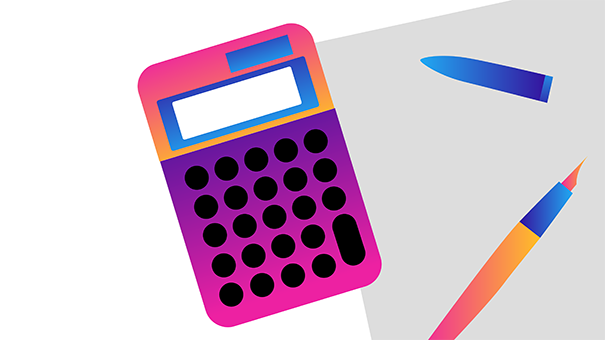Responding to this post by my colleague Mark Pemberthy, I recently said that workplace saving was a bit like the Nintendo Wii. At first glance that appears about as connected as me telling you I like liquorice and Bob Dylan. But stick with me.
Do you remember Nintendo Wii Bowling? It was the video game the entire world was playing in 2007. The Wii was that little white box of tricks that could tell what you were doing with that little waggly stick, and bowling was what people were all over the world were choosing to do. The elderly were doing it in care homes, TVs were getting smashed by over-zealous efforts to pick up that 9th frame strike, kids were playing with parents and for the first time ever, video games in real life looked like video games in the adverts. Families and people of all ages playing together and having fun.
Why? Games consoles had been around for decades. Sony and Microsoft had sold millions of Playthingy and X-stations. Parents knew this because kids would be glued to them. What changed with Wii bowling?
Accessibility.
Using the Sony Playstation 3 or Microsoft Xbox 360, much more powerful machines with better graphics and sound, meant using a complicated controller. For most Wii games, you used two buttons and moved the controller around.
The reason the Wii was important was that it made it easy to play. It was easy to have fun. It was easy to control. This immediately got rid of the biggest barrier to entry for games – actually playing them. Nintendo didn’t change video games, they changed how you interacted with video games.
People who wouldn’t consider playing video games were happy to get involved. You didn’t have to identify as a ‘gamer,’ with all the negative connotations that word still has. It was easy to have fun. You weren’t going to press the wrong button or be made to feel stupid. Silly? Oh yes, you would be made to feel silly. But it would be fun. There was much less chance you would regret playing Wii bowling. You would more likely regret not playing.
And that is why financial wellbeing and workplace savings is a bit like the Nintendo Wii.
People know they need to interact with their money more. They know they need to save more, understand more, engage more. But they don’t because they are faced with a 16-button controller when they want a 2-button waggly stick.
They don’t really care if they are getting the best graphics and sound. They just want to be able to use it right now, as easily and simply as possible. They don’t want to regret getting involved with a complicated process they abandon halfway through.
Personally, I love gaming and I am passionate about financial wellbeing. I know that someone playing Wii Bowling in 2007 may then have discovered the genius of Super Mario Galaxy or the cartoonish, Mad-Max world of Mariokart. In the same way, someone who is quickly able to start improving financial resilience is more likely to plan for their future.
That simple, accessible first step can lead to more confident and challenging next steps. Soon you are fighting your way out of City 17, wondering if you really should be clambering up this colossus or are sat, open-mouthed at just what Joel has done.
You have jam-jarred your money for different goals, finally sorted your Will and have the requisite skills and appropriate tools to improve how you Spend, Save, Borrow and Plan.
Workplace savings are like the Nintendo Wii. Or at least they should be.
PS – For the video games fans out there, can you name the three games I was referencing at the end?
PPS – If anyone is interested in how Nintendo’s history means they build similar solutions to their competitors based on different foundations and why that can be so rewarding, just ask. I would happily talk to anyone about that as well.
